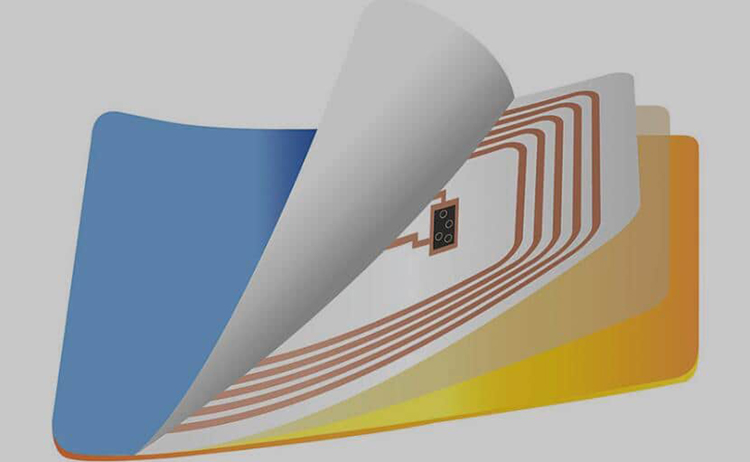
RFID IN DETAIL
Radio Frequency Identification (RFID) is the generic name for a type of auto-identification technology that uses radio waves to identify unique items. Typical RFID systems are made up of two major components: the reader and the tag.
The reader, which is also known as the interrogator, may be either a fixed or mobile reader or indeed, in many applications, can be a combination of both. Its role is to read and write information from/to the tag through radio waves via the reader’s antennas.
The tag, or transponder, is made up of a microchip that stores the information, an antenna and a carrier to which the chip and antenna are mounted. RFID tags come in many different forms and sizes and can be either Active or Passive.
RFID technology is used in many applications from security and access control through to transportation and logistics. Essentially, RFID can be used in any application where there is a need to collect multiple pieces of data on items for tracking and counting purposes and where other auto-ID technologies such as barcode, etc. are not suitable.
NFC IN DETAIL
Near field communication (NFC) is a set of standards for smartphones and similar devices to establish radio communication with each other by touching them together or bringing them into close proximity, usually no more than a few inches.
Present and anticipated applications include contactless transactions, data exchange, and simplified setup of more complex communications such as Wi-Fi. Communication is also possible between an NFC device and an unpowered NFC chip, called a “tag”.
NFC devices can be used in contactless payment systems, similar to those currently used in credit cards and electronic ticket smartcards, and allow mobile payment to replace or supplement these systems.
VERSATILE
NFC chips do not need elaborate additional readers to scan the encoded data and can be read and written to with many leading smartphones available to the general public.
We use a specialist insertion machine to convert a regular label into a smart label by applying an RFID or NFC tag to the rear. our high speed manufacturing process and in-house design and development team, can deliver everything from small quantities of RFID and EAS labels for pilot application tests right through to larger runs of into the millions of tags per year. We also offer customers the option to overprint and/or encode their RFID/NFC labels with their own unique information, such as EPC or serialised barcode numbers.
Our expertise lie in designing technical labels to perform in the most challenging of environments, you can be assured that no other label converter will beat this reliability and consistency. This commitment to deliver quality RFID/NFC labels is further backed up by our ability to 100% test RFID/NFC labels during the manufacturing process and either mark or replace any failures, or both, depending on the specific requirements of your application.
TINY
The chip itself is very small and once behind a label is hardly noticeable. This helps make the technology unobtrusive and perfect for visual aesthetics.